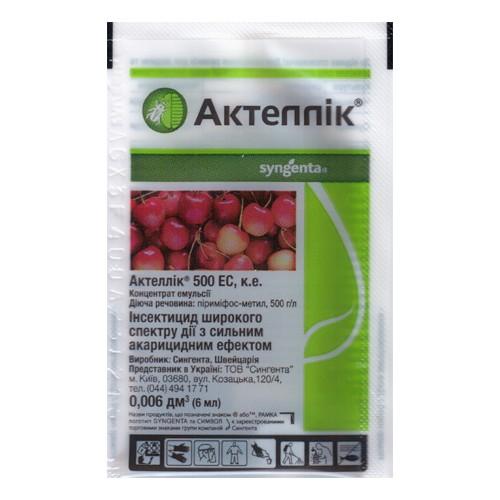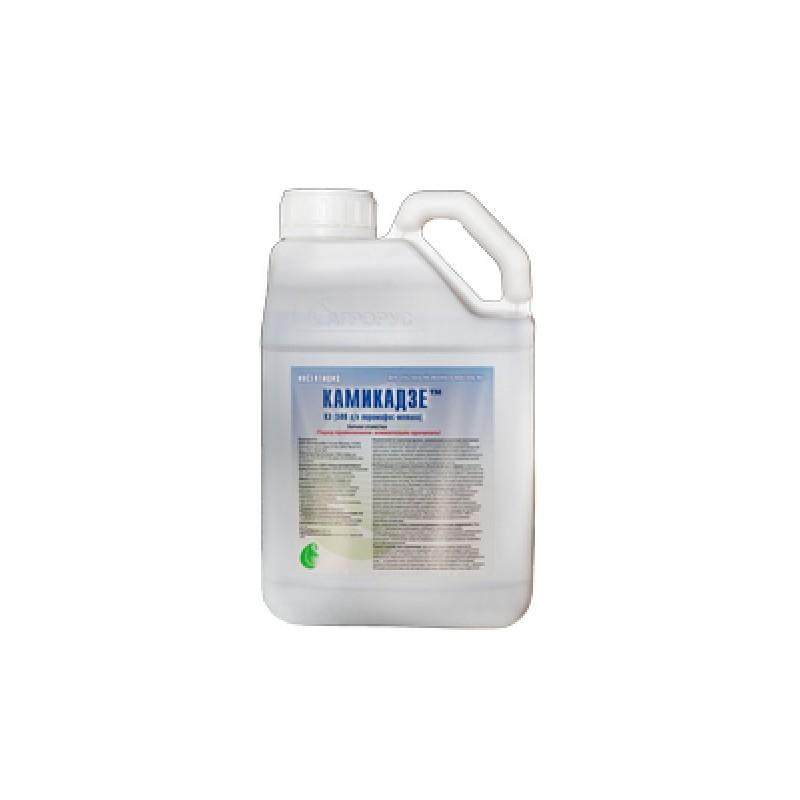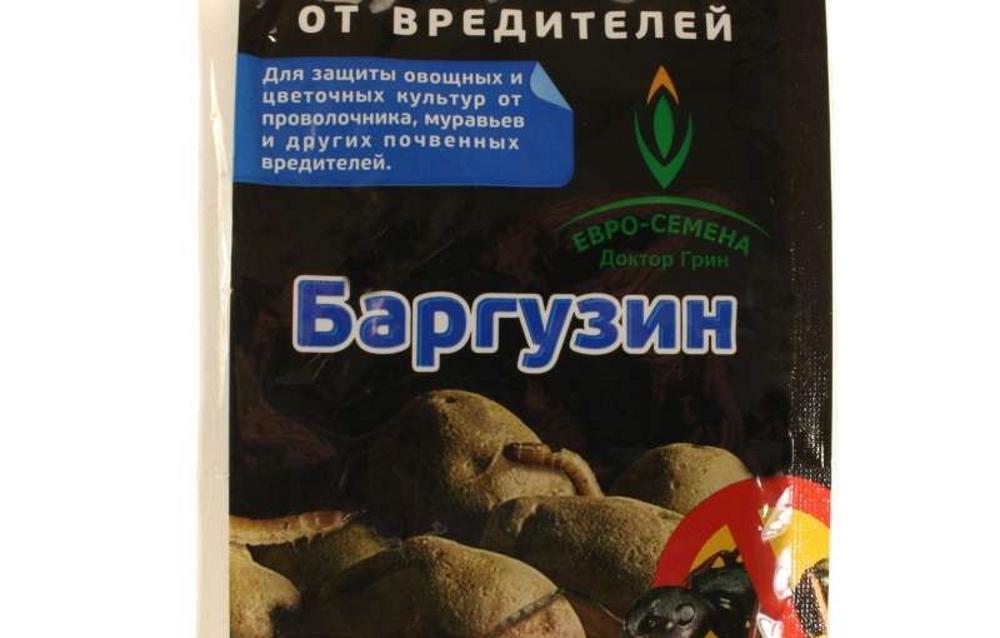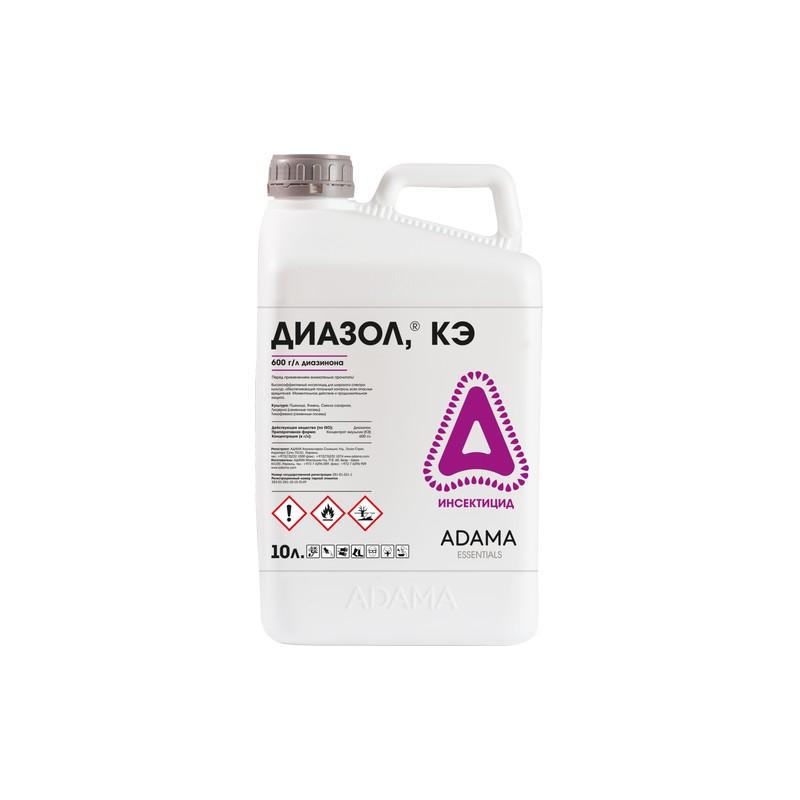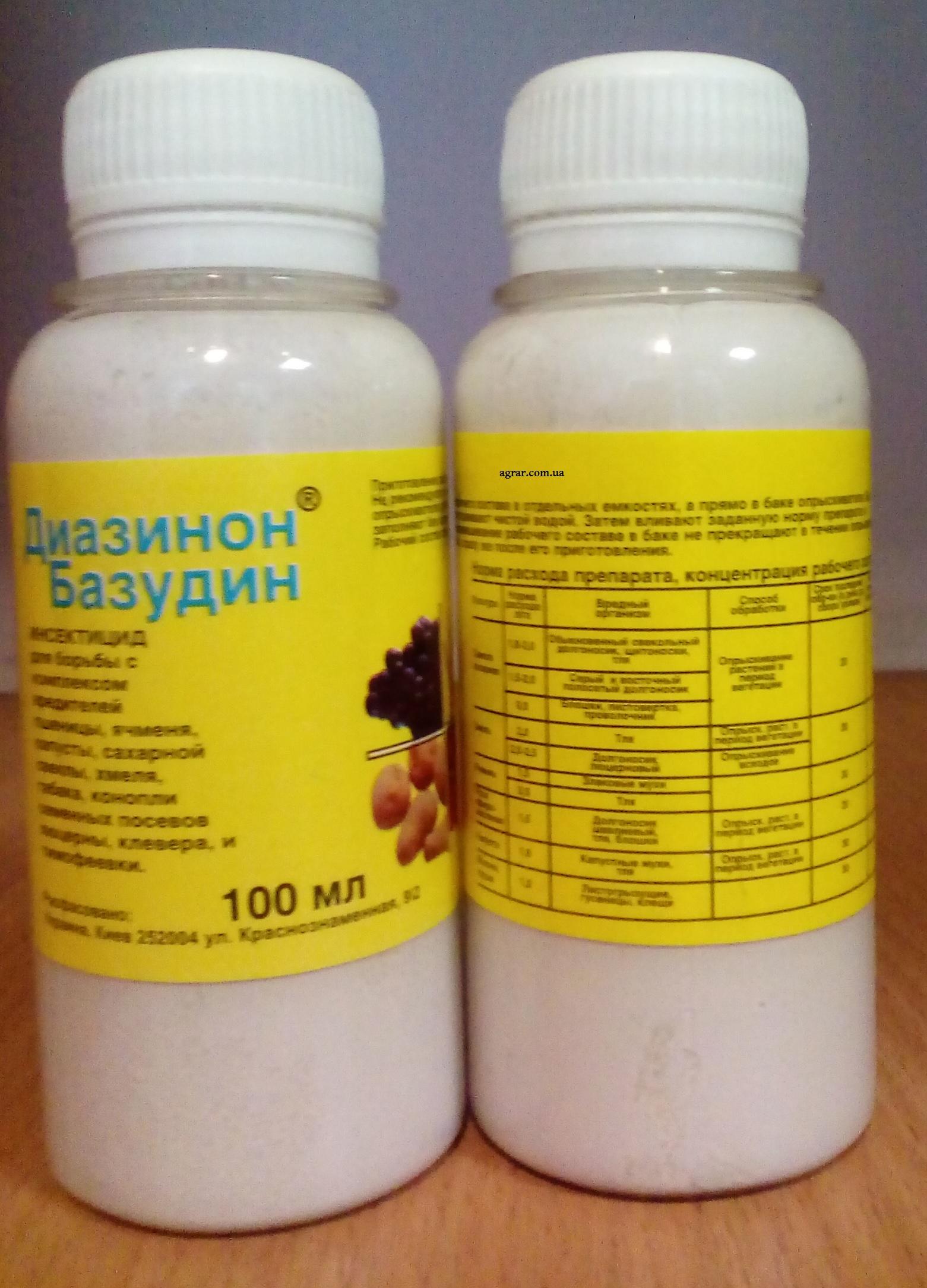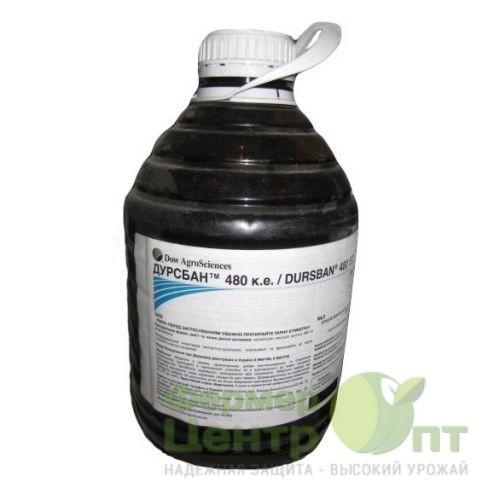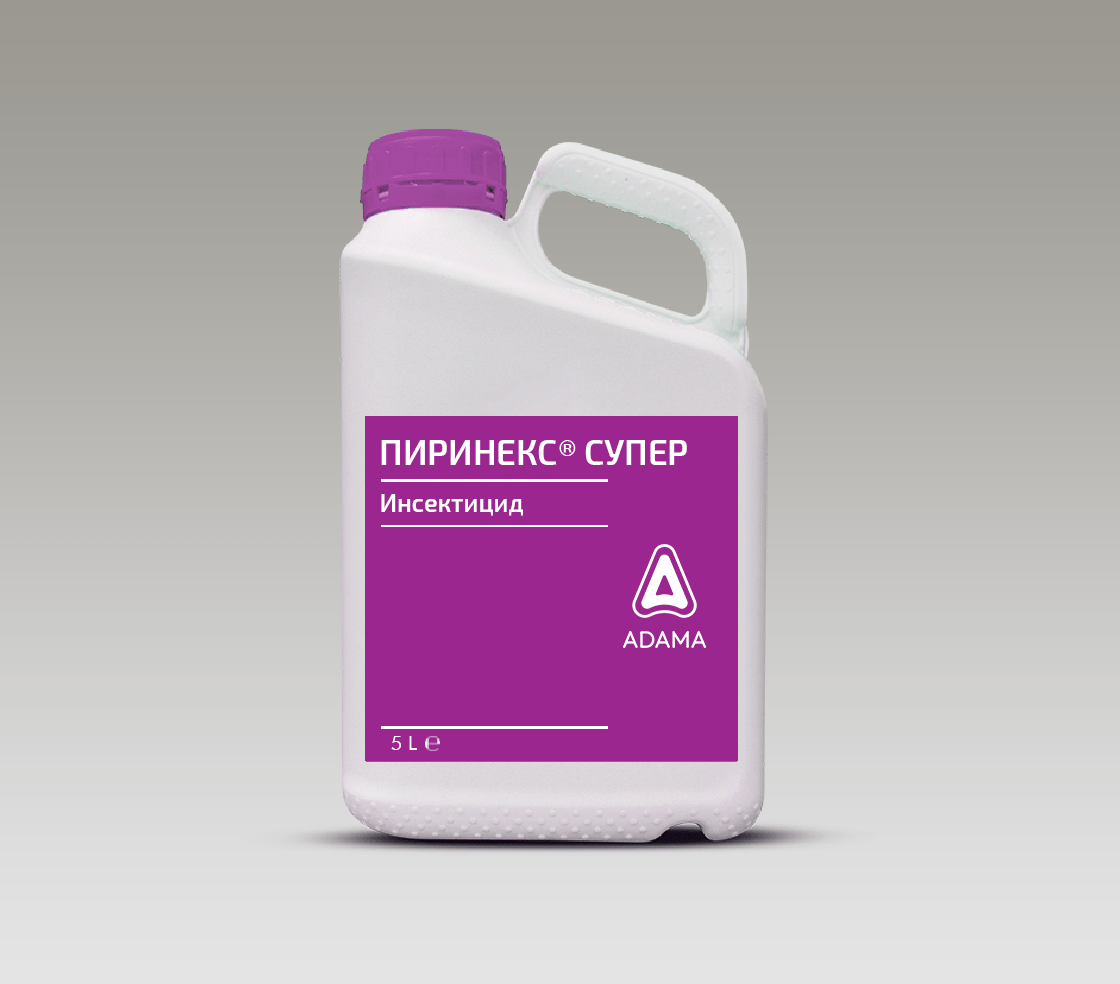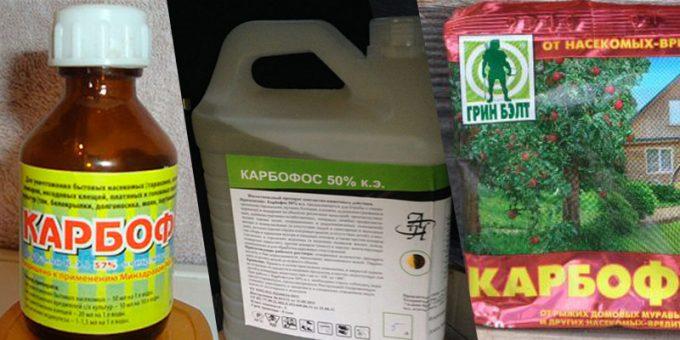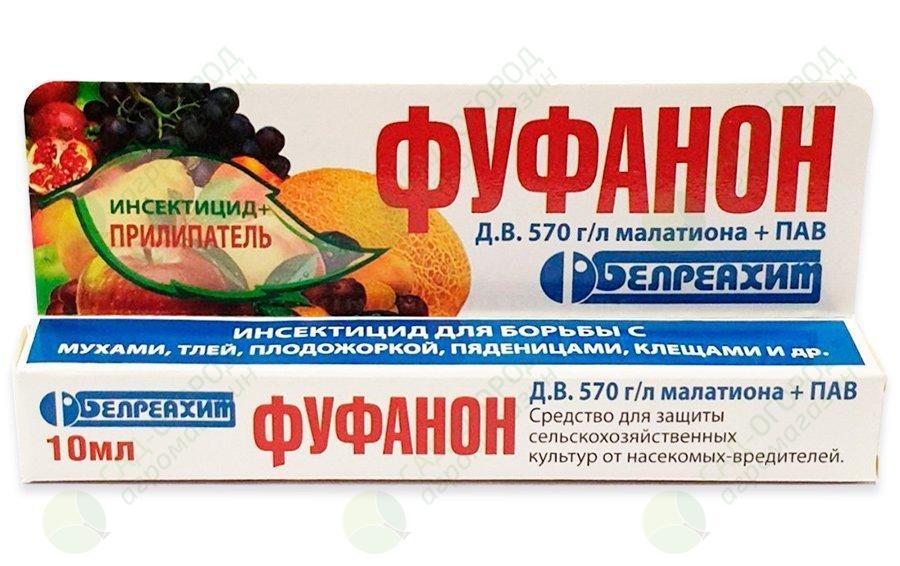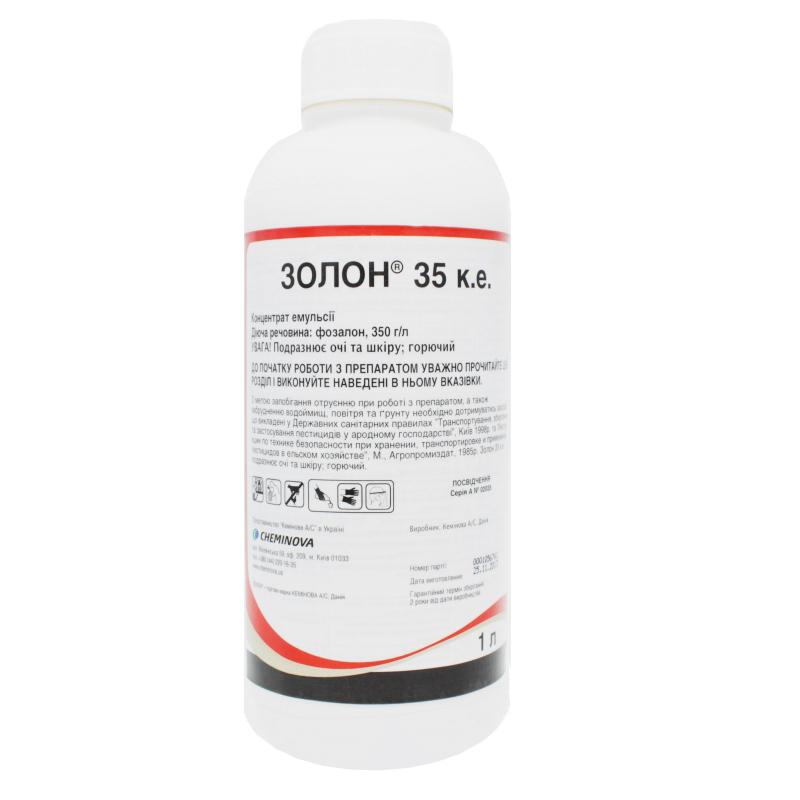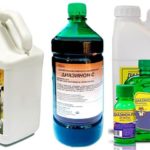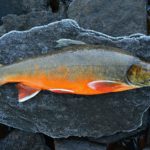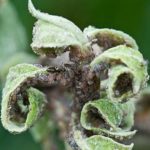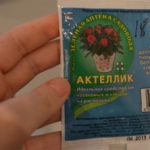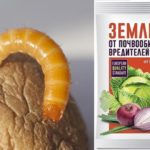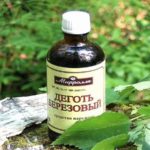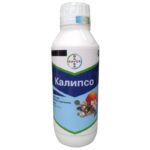High activity against harmful insects and mites, as well as a broad spectrum of action, justify the use of organophosphorus insecticides in agriculture. The substances have a quick effect on pests, are non-toxic when used in recommended doses, and quickly decompose in the soil. Let's consider the advantages, disadvantages and purpose of several FOS insecticides, which contain organophosphorus substances.
"Parachute"
Contains parathion-methyl in an amount of 450 g.It is used on cereals and legumes, lupine, perennial grasses and in areas affected by locusts. Advantages of organophosphate insecticide:
- contact-intestinal action;
- speed of action – 1-2 hours after spraying;
- compatible with other pesticides;
- not toxic to plants in the recommended concentration;
- the protective effect lasts 2 weeks;
- 1 or 2 treatments are required.
Disadvantages: cannot be combined with copper-containing preparations and products with an alkaline reaction; with constant use, insects become addictive.
"Sumition"
Contains fenitrothion, 500 g per 1 liter. Used on grains, fruits, hemp and pastures. Requires 1-2 treatments. Advantages of the drug:
- high intestinal and contact activity;
- strong effect on pests;
- standard solution consumption is 200-400 liters per hectare.
Cons: long waiting period for fruit ones - 30 days.
"Aktellik"
The active substance of the organophosphate insecticide is pirimiphos methyl, 500 g per liter. The pesticide is used in warehouses, grain processing and food enterprises, in granaries, to treat food, feed and seed grains against stock pests. Advantages:
- low consumption of solution: for warehouses - 50 ml per square meter. m, for granaries - 200 ml, for grain - 500 ml per ton;
- You can work in treated areas 3 days after spraying.
Disadvantages: not used on private farms.
"Kamikaze"
Contains pirimiphos-methyl in an amount of 500 g per 1 liter. The drug is used on wheat, tea, seed crops of perennial grasses, for the treatment of unfilled warehouses, granaries and grain. Benefits of the insecticide:
- low concentration;
- has a contact effect, works as a fumigant, penetrates into plant leaves;
- acts quickly and for a long time;
- destroys insects that are resistant to pyrethroids;
- goes well in tank solutions;
- can be used as an anti-resistant drug.
Disadvantages of organophosphorus insecticide: use only in agriculture.
"Barguzin"
Contains diazinon, 100 g per kg. It is used in private household plots for processing potatoes and flowers. Advantages:
- destroys soil-dwelling pests, including wireworms, and is effective against ants;
- acts in 3-4 hours, protects for 10-14 days;
- easy to dose.
Not used in agriculture.
"Diazol"
Contains diazinon, 600 g per liter. Used on wheat, barley, beets, alfalfa, timothy. Pros:
- effective at temperatures from + 8 °C;
- speed and long-lasting protective effect;
- affects larvae and adults of sucking and gnawing pests,
Cons: The waiting period for cereals is 60 days.
"Diazinon"
The organophosphate insecticide contains diazinon, 600 g per liter. Used on grains, beets, tobacco, clover, hops, hemp, cabbage, alfalfa and timothy. Advantages:
- active in cold weather;
- destroys ground beetles on winter wheat.
Disadvantages of the insecticide: long waiting period, for beets - 20 days, for cabbage - 30 days.
"Dursban"
Contains chlorpyrifos, 480 g per 1 liter. It is used in agriculture on sugar beets and apple trees against a complex of pests. Advantages:
- destroys ticks and insects living secretly, in the larval stage and imago;
- suppresses generations of pests that have become accustomed to pyrethroids, neonicotinoids and other pesticides;
- onset of action – a few minutes;
- does not wash off;
- Temperature does not affect activity.
Not used in private household plots.
"Pirinex"
Chlorpyrifos, 480 g per liter. It is used on beets, apple trees, grapes, alfalfa, and pastures. Advantages:
- fumigant activity;
- works at different temperatures;
- destroys pests living secretly;
- no resistance;
- safe for crops.
For agricultural use only.
"Siren Fosban"
The organophosphate insecticide contains chlorpyrifos in a volume of 480 g per liter. Spray apple trees, beets and grains. Advantages:
- contact-intestinal action, fumigant;
- used when there is a strong increase in the pest population;
- destroys pyrethroid-resistant insects;
- low application rate;
- Pests are not addictive.
Cons: toxicity class 2 for humans and 1 for bees.
"Karbofos"
Malathion in a volume of 500 g per liter. They use a powerful organophosphate insecticide on over 30 types of agricultural crops. Advantages:
- insectoacaricide;
- compatibility with insecticides and fungicides, growth regulators;
- low solution consumption.
Disadvantages: toxic to bees.
"Fufanon"
Malathion in a volume of 570 g per 1 liter. Used in gardens, berry bushes, grains, flax, alfalfa, clover, sea buckthorn. Pros:
- destroys insects and ticks;
- fumigant;
- Efficiency is not affected by temperature;
- acts on species resistant to pyrethroids;
- does not cause addiction.
Not for personal use.
"Zolon"
Contains fozalon, 350 g per liter. Protects grapes, vegetables and fruits, grains, hemp, clover, alfalfa. Advantages of the drug:
- non-toxic to pollinators;
- effective against codling moths and leaf rollers;
- protects for 2-3 weeks;
- works at t 10-35 °C.
Disadvantages: the waiting period for fruit ones is 40 days.
"Bi-58 New"
Contains dimethoate, 400 g per 1 liter. Protects grains, fruits and grapes, vegetables, flax and hemp, alfalfa, kenaf, berries, lupine.Advantages:
- insectoacaricidal effect;
- systemic action;
- works in a wide range of temperatures;
- combined with pyrethroids;
- The protection time is long.
Cons of the insecticide: poisonous to bees.
Pesticides containing organophosphates have proven effective on almost all crops. They destroy insects and ticks at all stages of development, which is why they are popular not only in agriculture, but also in private household plots.


